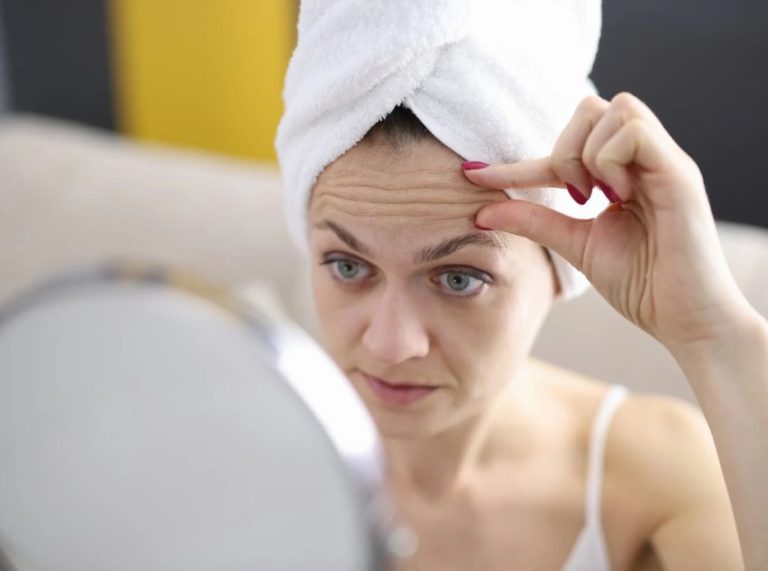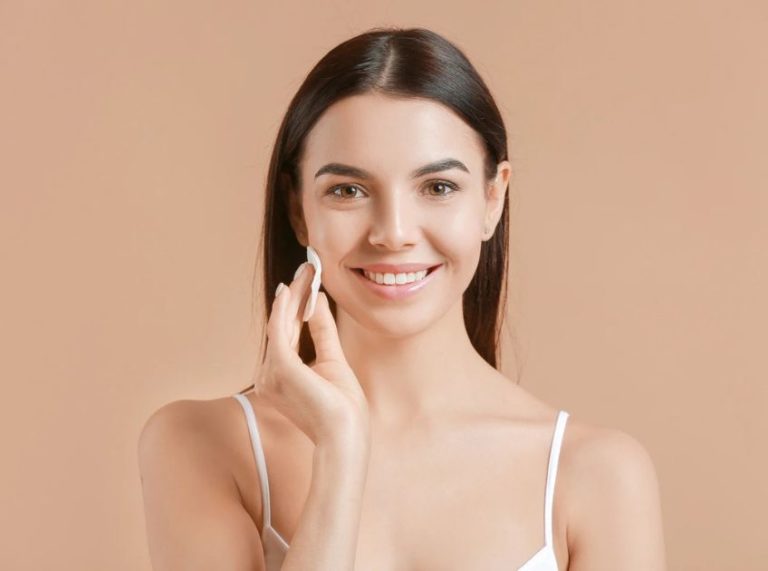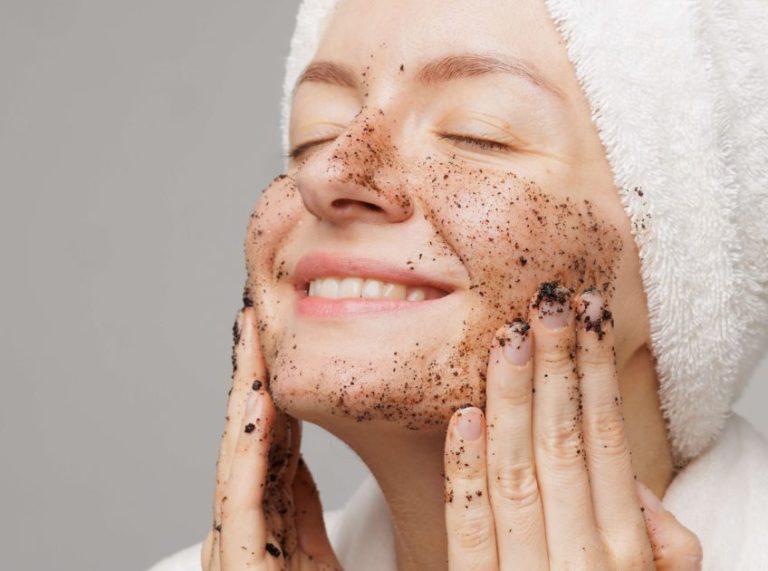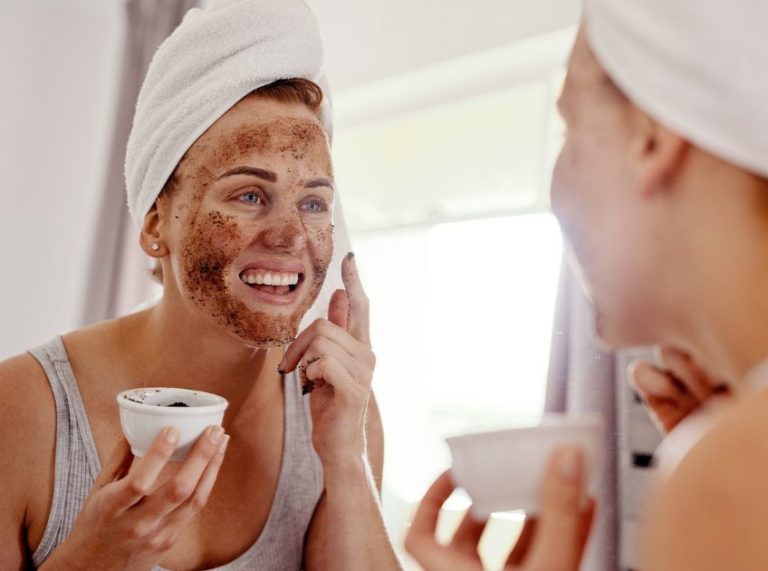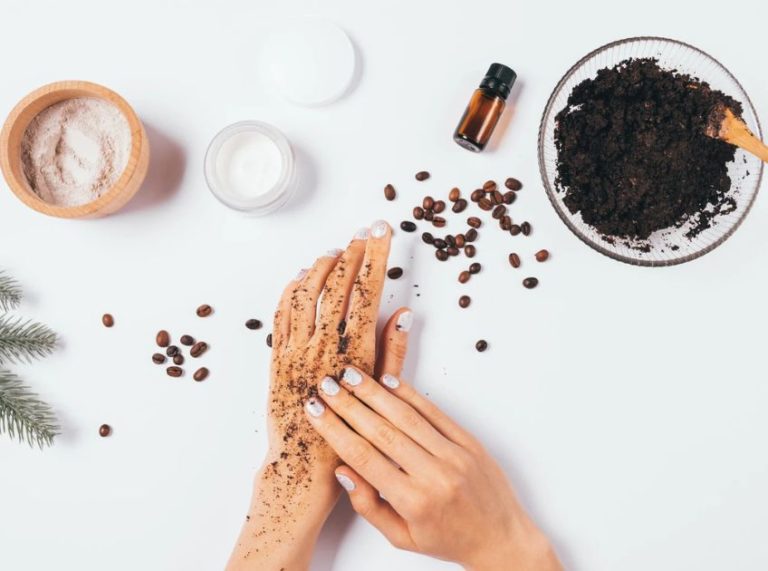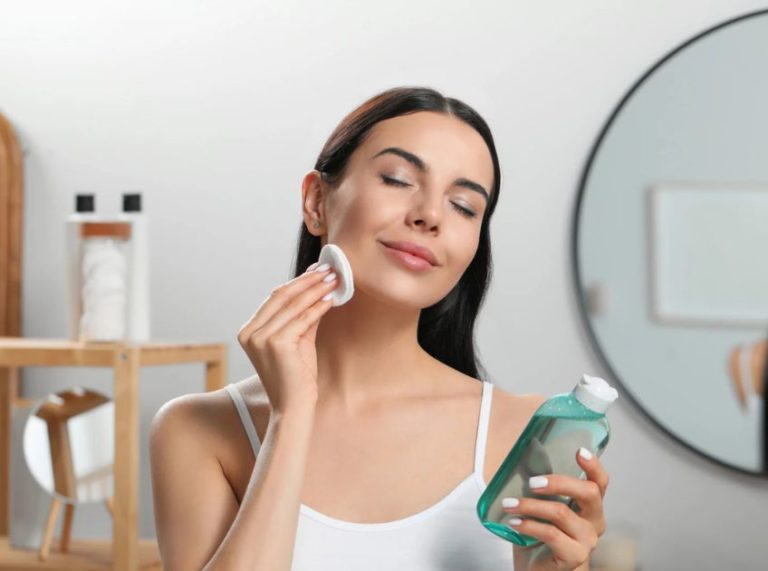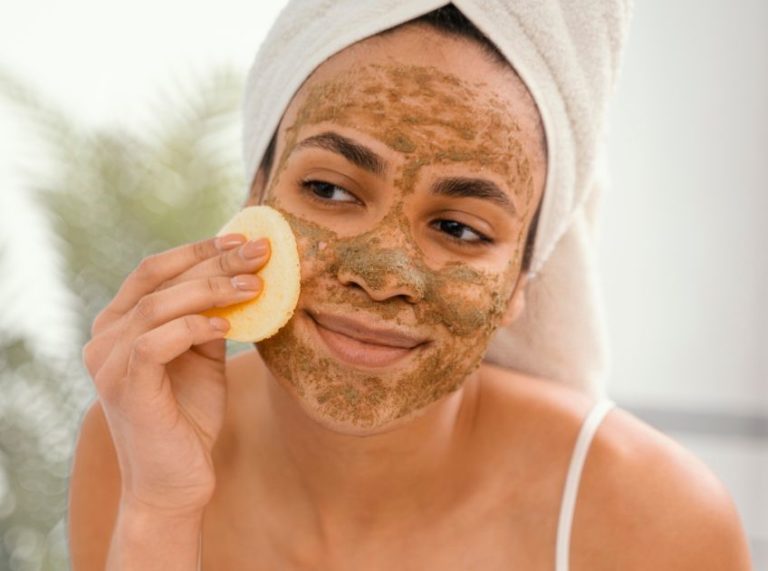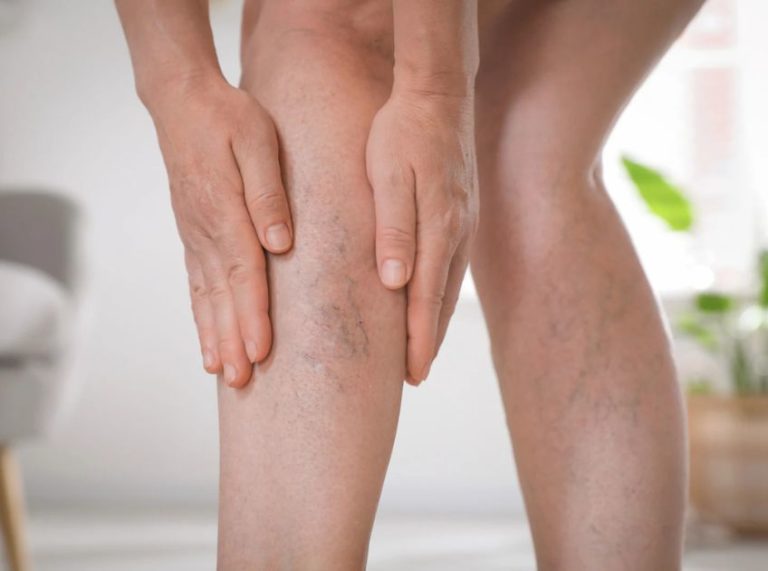
Important: This article is for informational purposes only. Please read our full disclaimer for more details.
Large pores are one of the most common skincare concerns, affecting both men and women. While pores are a natural part of your skin’s structure, they can become more visible due to excess oil production, aging, sun damage, or genetics.
Although it’s impossible to shrink pores permanently—since their size is largely determined by genetics—there are several science-backed methods to reduce their appearance, improve skin texture, and keep them clean.
In this guide, we’ll cover the causes of large pores, dermatologist-recommended skincare tips, advanced treatments, and when to seek professional help.
Why Do Pores Look So Big? (Causes You Should Know)
Understanding what causes enlarged pores is key to treating them effectively. Here are the most common culprits:
- Excess Sebum Production
- Overactive oil glands can stretch pore walls, making them look larger.
- Loss of Skin Elasticity
- As you age, your skin produces less collagen and elastin, causing pores to sag and appear wider.
- Sun Damage
- UV rays thicken the skin and break down collagen, leading to visible pores.
- Clogged Pores
- Dead skin cells, dirt, and oil buildup can make pores look more pronounced.
- Genetics
- If large pores run in your family, you’re more likely to have them.
According to a 2016 study in the Journal of Dermatological Science, excessive sebum production and loss of skin elasticity are the two biggest contributors to enlarged pores (1).
Smart Skincare Tips to Minimize Large Pores
While you can’t physically change pore size, a consistent skincare routine can make them look smaller and less noticeable.
1. Use a Salicylic Acid Cleanser (Deep Cleansing Power)
Salicylic acid, a beta-hydroxy acid (BHA), penetrates deep into pores, dissolving oil and reducing buildup. A 2018 review in the Journal of Clinical and Aesthetic Dermatology found that 2% salicylic acid significantly improves skin texture and reduces visible pore size (2).
Pro Tip: Use a gentle, non-comedogenic cleanser with salicylic acid once daily to avoid irritation.
2. Exfoliate Regularly with AHAs or BHAs (Smoother Skin, Smaller Pores)
Dead skin cells can clog pores, making them look bigger. Chemical exfoliants like glycolic acid and lactic acid (AHAs) help shed dead skin and promote collagen production.
- Frequency: 1–2 times per week
- Best Choice: Choose a mild AHA/BHA serum or toner to avoid over-exfoliation
3. Add Retinoids to Your Routine (Collagen Boosters)
Retinoids like tretinoin or adapalene increase cell turnover, tighten pores, and improve skin elasticity. A study published in the British Journal of Dermatology (2019) reported that topical retinoids significantly reduce pore appearance after 12 weeks of consistent use (3).
4. Always Wear Sunscreen (Prevent Worsening of Pores)
UV damage weakens collagen, causing pores to stretch. Daily application of a broad-spectrum SPF 30 or higher prevents further enlargement and maintains skin firmness.
5. Choose Non-Comedogenic Products
Opt for lightweight, oil-free moisturizers and sunscreens labeled “non-comedogenic” to avoid clogging pores further.
When to See a Dermatologist
If enlarged pores persist despite a solid skincare routine, you may benefit from professional advice. Visit a dermatologist if:
- Pores appear severely clogged or inflamed
- You’re experiencing frequent acne breakouts
- Over-the-counter products don’t improve skin texture
A dermatologist can tailor treatments based on your skin type, pore size, and lifestyle factors.
Advanced Treatments for Large Pores
When at-home skincare isn’t enough, dermatologists may recommend advanced treatments backed by scientific research:
1. Chemical Peels
Mild peels with glycolic acid or salicylic acid remove the top skin layer, improving texture and minimizing pore appearance.
2. Microneedling
Microneedling creates micro-injuries that stimulate collagen production, tightening the skin and reducing pore visibility. A 2020 study in the Journal of Cosmetic Dermatology showed significant improvements in pore size after three microneedling sessions.
3. Laser Resurfacing
Laser treatments like fractional CO₂ lasers or IPL (Intense Pulsed Light) boost collagen production and smooth out rough skin, making pores look smaller.
4. Prescription Retinoids
Dermatologists can prescribe stronger retinoids for more effective results compared to OTC formulas.
Frequently Asked Questions (FAQ’S)
1. Can you permanently shrink pores?
A. No, pore size is genetically determined. However, with proper skincare and treatments, you can make them look smaller and less noticeable.
2. Do ice cubes help reduce pore size?
A. Temporarily, yes. Cold temperatures constrict blood vessels, making pores look smaller, but the effect is short-lived and not a permanent solution.
3. Are home remedies effective for large pores?
A. Some natural ingredients, like niacinamide and green tea extract, have been shown in studies to reduce sebum production and improve skin texture, but results are gradual and vary from person to person.
Large pores may be natural, but they don’t have to dominate your skin’s appearance. While you can’t shrink pores permanently, adopting a consistent skincare routine, protecting your skin from sun damage, and seeking professional treatments when needed can significantly improve their appearance.

